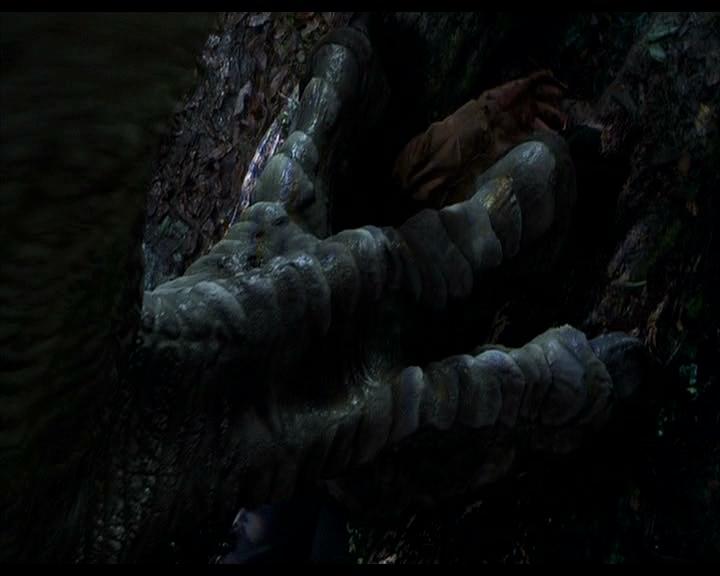It’s been 6 months now, and a while since I updated y’all with what it’s like in the world of a PhD-palaeontologist. In case you missed it, my intention was to open up PhD life and research a bit to expose what it’s like beyond the simple production of research papers. Which is probably a good thing, as I don’t have any papers out yet. Setting the cultural default within academia to open is something I’m quite in to, and I guess this is my little contribution to that.
So it’s been a few months since I last posted in this series. During that time, PhD life has been both a feast and a whirlwind of writing, reading, data collection, blogging, socialising, teaching, and most importantly, learning.


